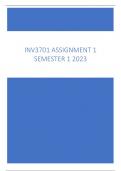Samenvatting
Summary Introduction to Research In Marketing
- Vak
- Instelling
All lectures and video lectures summarized, including examples and images of the examples given by the lecturer. If you email me you can get this summary for 5 euros.
[Meer zien]












